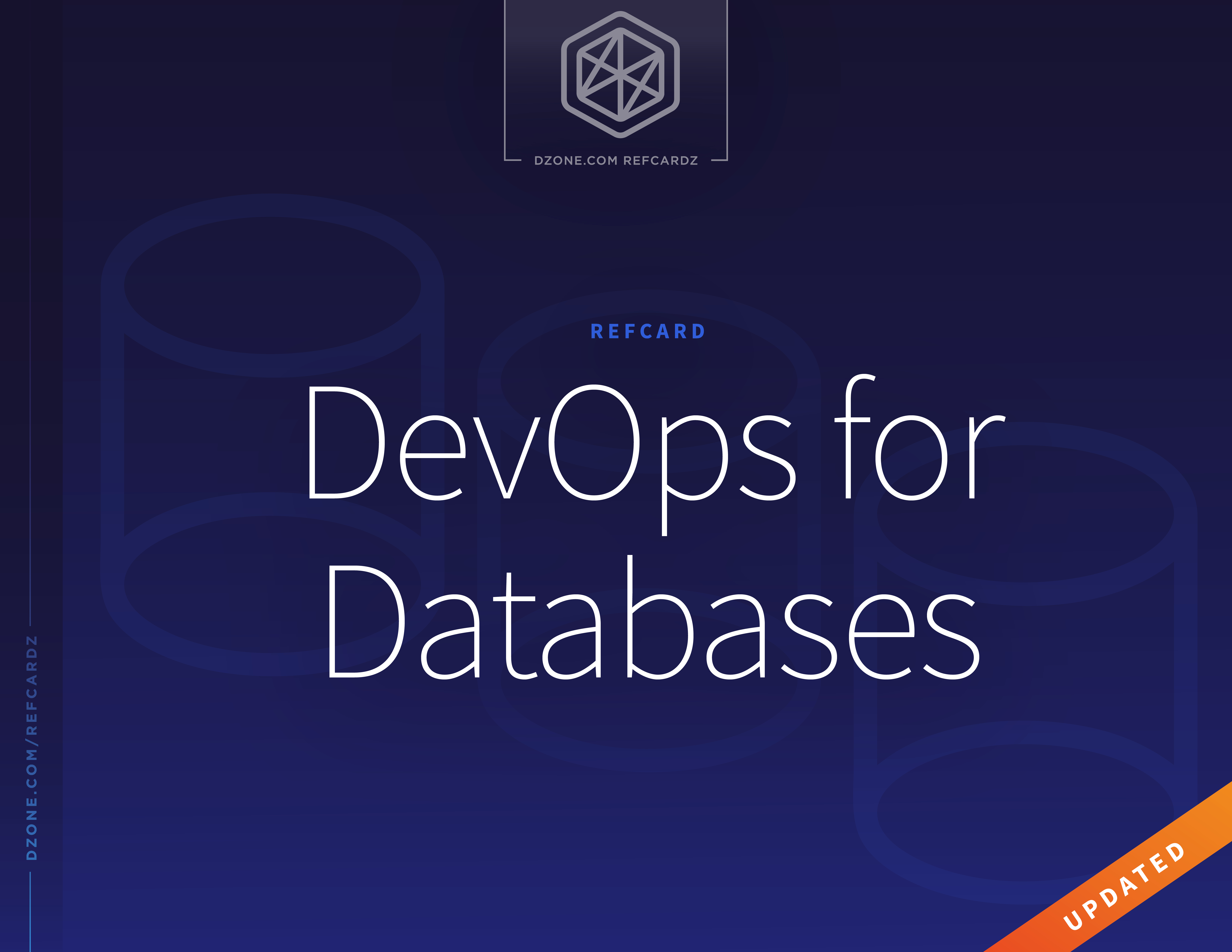Introduction
The way that software is developed, built, and delivered has gone through a profound transformation. Across industries, teams have moved to nimbler software engineering processes in an attempt to reduce time to market and improve cost effectiveness. To fuel this change, there has been an explosion in the growth of build and application release tools to enable DevOps processes with Continuous Integration and Continuous Delivery. In their 2017 survey, RightScale found that 84% of enterprises and 72% of SMBs are adopting DevOps, underscoring the ubiquity of the broader digital transformation movement across the marketplace.
Organizations are making large investments in DevOps tools and processes to accelerate the delivery of capabilities to customers while maintaining quality and optimizing cost. Central to this transformation is the systemic identification and elimination of manual processes and tasks with automation. According to the 2017 State of DevOps Report, the firms that have been most successful at making the transition to DevOps have automated far more than their lower performing peers. The results speak for themselves.
The high performers have automated 33% more of their configuration management, 27% more of their testing, 30% more of their deployments, and 27% more of their change approval process than their low-performing peers. As a result, the high performers have been able to deploy 46x more frequently and have 440x faster lead times, a 96x faster mean time to recovery, and a 5x lower change failure rate. By leveraging automation and DevOps practices, world-class enterprises are able to move much faster than their competitors while simultaneously delivering at a higher quality.

Directly from the State of DevOps report, this table quantifies the extent to which high performers outdo competition on key agility metrics that help their business outperform the competition in the market with quicker, more stable, and higher-quality software releases.

Directly from the State of DevOps report, this table illustrates how the high performers have automated much more of their process than their competition.
This is a preview of the DevOps for Databases Refcard. Please download the full pdf at the link above.

